In 1970, soul legend Edwin Starr asked what war was good for. If it’s packaged up as the latest instalment of video game behemoth Call of Duty, it’s good for more than £500m. That’s what CoD: Modern Warfare 3 cleared in just five days in the UK and US last month. It’s surprising then that brands have been slow to untap the opportunities of video games in the same way they have the movies. Until now at least. Finally food and drink brands are targeting the 30% of Brits – roughly 19 million people – who regularly play video games. So who’s getting in on the action? And how?
Soft drinks players are among the brandowners chasing gamers the hardest. The fact that blowing away terrorists or zombies into the small hours is thirsty work clearly hasn’t escaped CocaCola Enterprises, which last month began a Coke Zero on-pack promo giving consumers the chance to win a PlayStation 3 and Move controller. Other activity has included sampling at gaming events and the launch of the Coke Zero Gaming Zone online.
Game Fuel
It seems the brand’s involvement with gaming is only going to get bigger. “Gaming is now overtaking the movie world in terms of popularity and size. It has evolved into a credible, exciting and mainstream form of entertainment with a huge, passionate audience,” says CCE trade communications manager Selena Taylor.
Coke could perhaps learn a thing or two from rival PepsiCo’s eff orts in the US,where few brands are as closely associated with video game culture as the company’s Mountain Dew. In 2007, it launched a new variant, Game Fuel, and linked it with a series of major launches. First up was Halo 3 – in a can sporting an image of Halo’s lead character Master Chief – followed by World of Warcraft. The latest incarnation of Game Fuel is a CoD: Modern Warfare 3 variant that, together with fellow PepsiCo brand Doritos, is off ering US players a code to redeem online for double XP points that can be used to improve a player’s in-game character.
So far brands in the UK have lagged behind their counterparts in the US – and Japan and Korea – when it comes to marketing to gamers, but the fl ip side of this has been that it’s presented an opportunity for relatively small brands to be heard by a particularly attractive audience (demographically speaking at least) – 64% of 16 to 24-year-olds and 51% of 25 to 34-year-olds regularly plug themselves into a games console [Harris Interactive August 2011].
“It’s a quiet marketplace in terms of brands using it as a way of targeting young males – which is something we take advantage of,” says John Armstrong, marketing director of Kepak Convenience Foods.
The owner of the Rustlers burger brand, Kepak has taken huge steps to align itself with the UK’s keenest gamers. “The traditional way of targeting young men is through three things – music, comedy and sport,” he adds. “We stay away from these areas as they tend to be dominated by the big players, such as beer brands.”
Instead, Kepak has developed on-pack promotions with video game brands – most recently, Warner Brothers’ Batman: Arkham City, one of the biggest games of the year. And these are just the tip of the iceberg – Rustlers’ online activity extends to Batman-themed social media pushes and a dedicated video games website, GameSafe. Kepak also benefi ts from the fact that few food and drink brands advertise in the specialist press. “There are few fmcg brands in the gaming mags, which gives us a much larger share of voice,” adds Armstrong.
So far relatively few brands have embraced console gaming. But many more are maximising bang for buck with mobile phone and social media games. “This is a chance to generate a lot of coverage for relatively little investment,” says Paul Gaskell from branding agency The Value Engineers.
Since its June launch the Dip Desperado game (below), in which players ick Doritos into virtual salsa jars, has been downloaded by 250,000 iPhone users and played 1.5 million times online. Combined with an on-pack promo it’s contributed to a 25% value sales uplift, says brand owner PepsiCo.
Now smoothie brand Innocent is following suit with last month’s launch of its Fruit Picker Facebook game. “By moving into social gaming we have the chance to tap into a huge female gaming audience and grow the Innocent Facebook community,” says Chris Bridgland, marketing manager at Fruit Picker developer Holler.
Creating lifestyle
Another brand to have set its sights firmly on the gaming crowd is Global Brands’ energy drink Kick.
Describing the market as “huge yet relatively untapped”, the brand fi rst aligned itself with gamers a couple of years ago. Its activities have included on-pack promotions and, like Rustlers, a tie-in with Batman: Arkham City.
Perhaps one of the reasons brands have been slow to tap the games market is the passion of those that play them. If your audience lives and breathes games, you need to do the same.
“To be successful, a brand must create a lifestyle,” says Richard Buchanan of branding agency The Clearing. “The consumers you are targeting will see straight through you if you are just trying to act cool.”
One of the most successful brands at building a lifestyle is, Buchanan says, Red Bull. It primarily aligns itself with extreme sports, but has also worked in the gaming arena, recently teaming up with Asda to distribute its drinks to fans queuing for the launch of CoD. “Red Bull doesn’t just talk about a lifestyle, it lives it.”
This attitude must extend to all areas of marketing – not least advertising, says Kepak’s Armstrong. “If you’re going to target gamers you have to be brave – you have to talk their language,” he adds. Kepak’s advertising plays on the language of gamers – pitching Rustlers for when a player is ‘starting to lag’, for example. “Our test is, if a non-gamer doesn’t get the ad, we’ve got it right,” says Armstrong.
Another area of concern for many brand owners considering the games market is its history of negative publicity. A brand that sells itself as a healthy food or drink would be unlikely to align itself with something viewed by many as a sedentary lifestyle connected to obesity. And video game violence makes many brands wary.
But hesitance may simply be a lack of knowledge, suggests Armstrong. “We have passed people not understanding how big the market is – but they don’t necessarily know the marketing channels,” he says.
Whatever the reason for brands’ reluctance to get into the game, there is still plenty to play for – and the market isn’t going to get any smaller. It’s a pretty safe bet that, in a year’s time, CoD: Modern Warfare 4 will be showing us once again just what war can be good for.











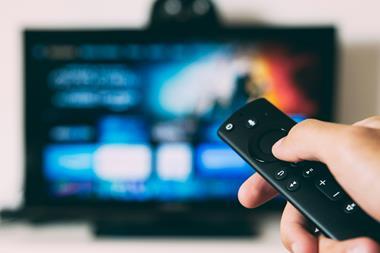

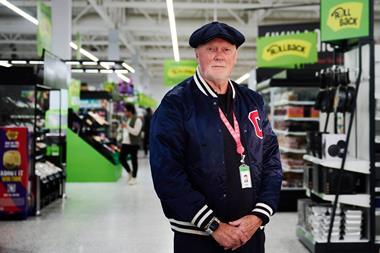
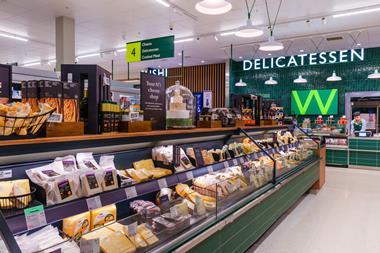


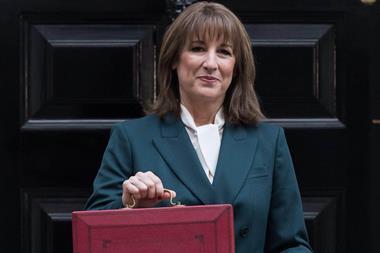
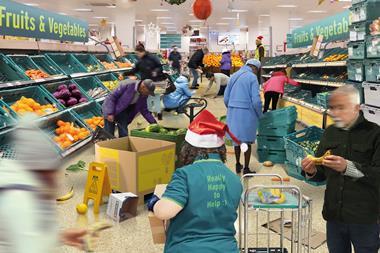
No comments yet